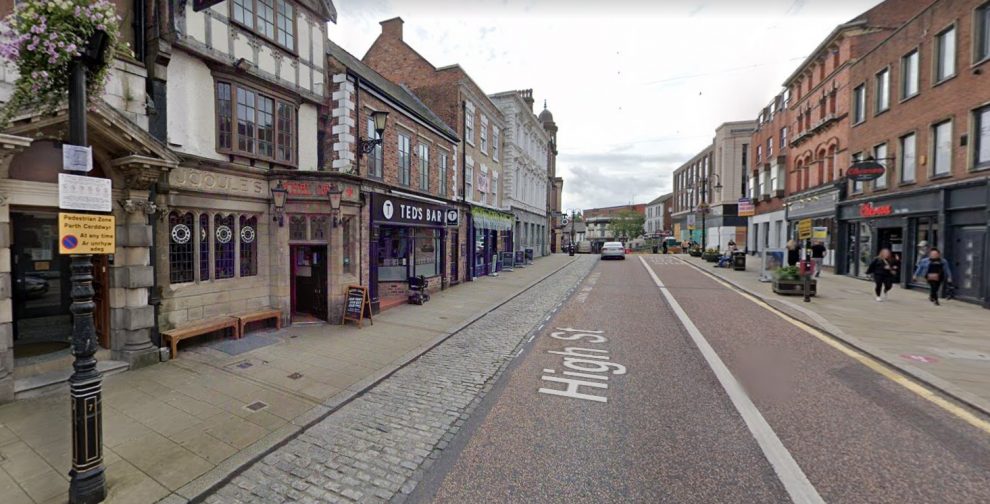WREXHAM Council is looking at how data it collects can be used to help improve the city centre experience for visitors and businesses.
The authority is currently developing a SMART Towns project which uses digital equipment and data to make towns and city centres more efficient and improve services.
This includes the use of sensors to monitor footfall, car park usage and air quality levels.
Sound sensors could also be used to tackle anti-social behaviour as well as sensors to deter recreational drugs around the city, installing confidence in visitors, to make the city more attractive and saving police time.
The council’s Employment, Business and Investment scrutiny committee is to receive an update on the project at its meeting next week (Tuesday, January 10).
A report to the committee to be presented by Gwenfro Cllr Nigel Williams (Ind), lead member for economy and regeneration, explains: “A SMART Town is one where digital technology can support the collection of data that can be interpreted to support improved decision making by councils, businesses, consumers and residents.
“Early adopters include Cardigan (in Mid Wales), where deployment of SMART technologies such as footfall counters and other sensors has provided decision makers with a much clearer picture of what is going on in the town. This has improved relationships with businesses and improved the town centre offer.
“Welsh Government is supporting the approach through the Year of the SMART Town project, which is delivered by Menter Môn. This project provides information and support to adopt SMART approaches and has also made a number of new footfall counters available to councils across Wales.
“In Wrexham, the SMART Towns Project is aligned with the delivery of the emerging Placemaking Plan, where it will deliver insight into the before, during and after phases of the work.
“The council has been able to employ a SMART Towns Development Officer for three years using grant income to explore the opportunities and progress the approach.”
The reports adds: “The Council has also received a Digital Plan, at no cost, through the ‘Year of the SMART Towns’ project.
“Plans to secure additional footfall counters to provide wider coverage of the city centre, along with new LoRaWAN (Long Range Wide Angled Network) Gateways and sensors, will support improved insights into footfall, car parking usage and levels of air quality (e.g. CO2, which can inform the implementation of the Decarbonisation Plan).”
Eight footfall sensors have already been supplied by the Welsh Government with a 10 year licence and these have been installed at the Wrexham Library car park walkway, Lambpit Street, Queen Street, three locations in Hope Street, High Street and Chester Street.
The report adds that the SMART Towns project also looks at both WIFI and mobile networks supporting economic growth and wellbeing. Improvements to the county borough’s connectivity is seen as an important development for the next City of Culture application.
“With the data on footfall, building use, etc. recovered over a period of time, this will lead to better infrastructure, a cleaner air quality, better management of operations and economic growth”, the report says.
“Where businesses grow there should be higher demand for employees/workers and the demand for property.
“As trends start to emerge, data can be gathered on successful businesses and can determine a ‘what works’ approach for the city centre.”
Committee members will be asked to provide their views and feedback on the project at the meeting.
Wrexham City footfall sensors have been installed















